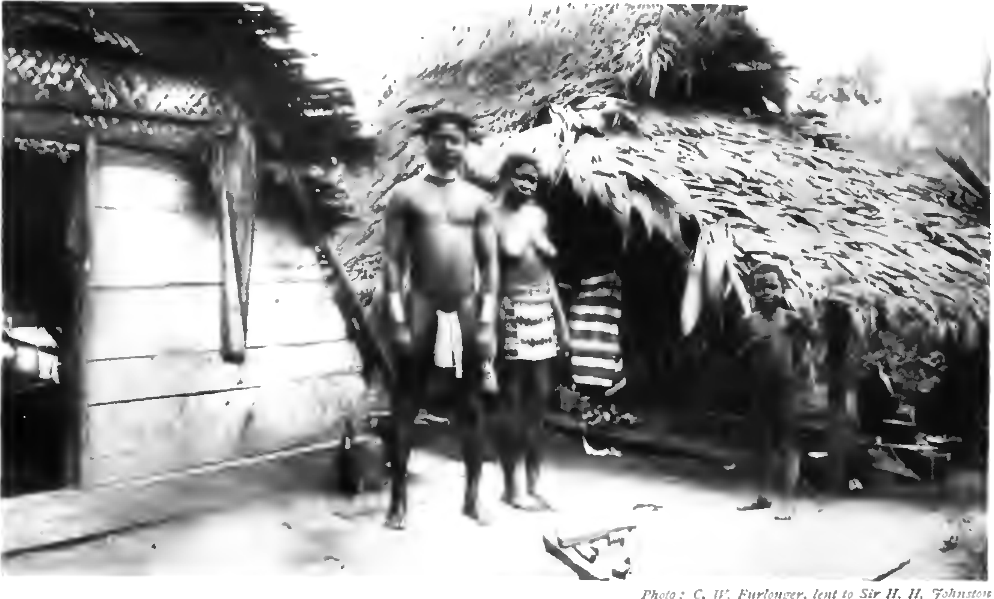<![CDATA[A five member team of archaeologists have found evidence of a 14th century Polynesian settlement in Whitianga, a province in the northern section of New Zealand. The two month excavation was led by archaeologist Andrew Hoffman, and was carried out at a site near Taputapuatea stream, which is also one of the largest excavation sites in that part of the country. Hoffman states that the site was used by the Polynesians for cooking and other trade purposes. The discovery has been dubbed a nationally significant find. The site was occupied by the ancient Polynesians between 1350 and 1450 and was used for cooking and gardening, says Hoffman. The researchers came to this figure by looking at the soil profile of the layers that were dug up, and using carbon-14 dating on the artifacts found. Trenches were dug as deep as 1.5 meters. One of the significant finds was a large deep hole that had black rocks in it, the rocks were still greasy, giving the impression to researchers that this was an earth oven. The earth oven may have been used to cook larger animals with lots of fat, such as moa or seals. Hoffman states that it is a rare find because sites like these are endangered. Found nearby were basalt and chert rock tools, and also moa bones that served as fish hooks. There was a special working area for making tools and waka (small and large canoes that were used for various reasons, such as fishing, traveling, and war. War wakas could extend to up to 40 meters). The area was an industrial one indeed, but it was not permanent. The tools found, such as the adzes, were used to build and repair wakas. These wakas were primarily used to transport their people around the surrounding ocean, so they were constantly on the move. However, these same tools were also used for other purposes, such as pruning plants and trees, cleaning land, and also for gardening crops such as yam, taro and kumara. It is believed that the East Polynesians may have settled there because it was a good spot to explore the rest of New Zealand. Hoffman remarks that the names given to the area were from Polynesian culture and history. The area is thought to be named Taputapuatea from a similar settlement on the coast of Raiatea, Tahiti, called Taputapuatea Marae. This is where most of the Polynesian voyages came from. The original name of Whitianga is Te Whitianga a Kupe, which means "Kupe's crossing place", and refers to a legendary Polynesian voyager who travelled to the Hawaiian Islands. Hoffman states that this is just the beginning as it is believed that there are more Polynesian settlements on other New Zealand shores, but this discovery is significant because it is the oldest one yet found. Researchers hope to find out the way of life of these people and the activities they undertook in the area by analyzing the remains and samples taken from the site, including the stone tools, pollen, and charcoal. ]]>
700 Year Old Polynesian Settlement Discovered
